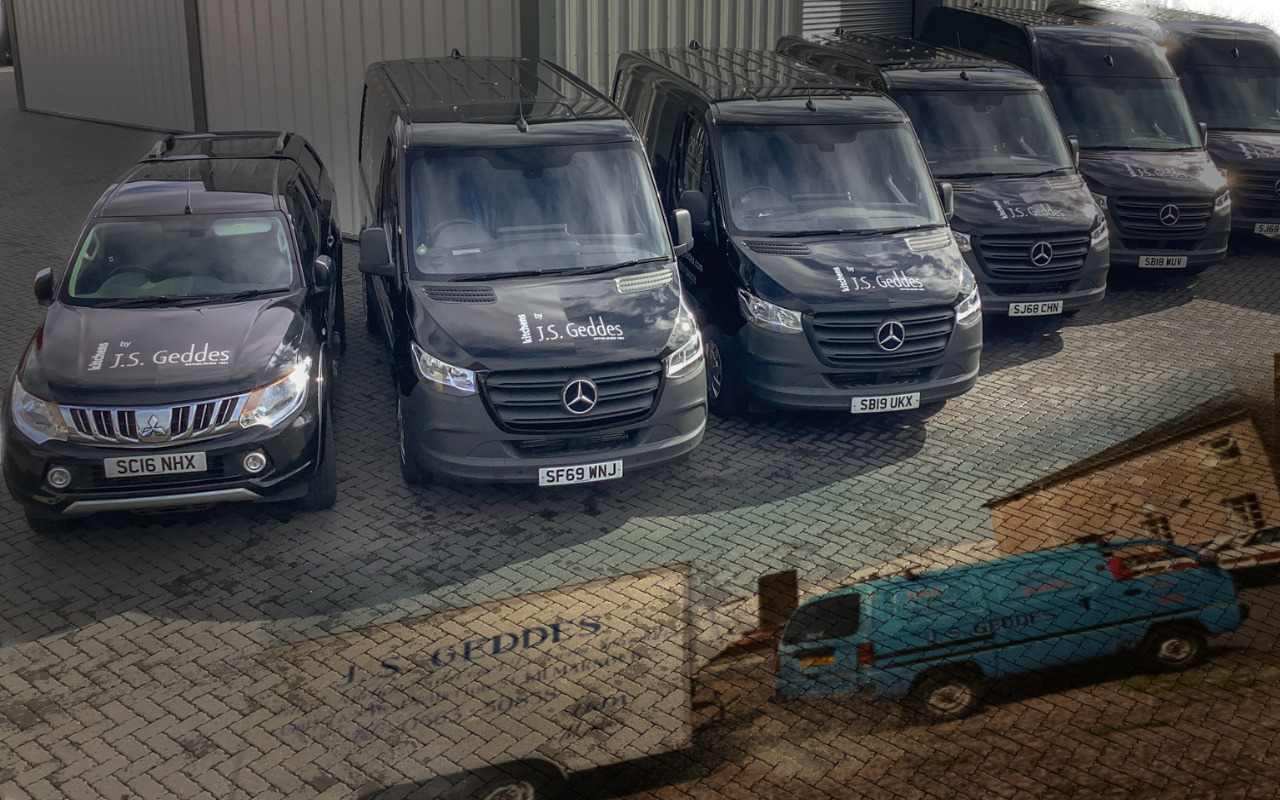Home is where the heart is, and the kitchen is truly the heart of the home. Although the importance of the kitchen has never wavered, their style and function has definitely evolved with time. Since the inception of Kitchens by JS Geddes in 1984, Managing Director Jim Geddes has come from being sales/designer/driver/installer to a currency exchange expert, a strategic business planner and patriarch of a team of 20 today. Just as the business has changed, so too the kitchen…
If you look from the 1980s to now, you can see a series of changes that have brought us to the current luxury kitchen designs. Here are just some of the most notable changes in kitchen renovations in the last forty years.

Kitchens of the 80s
Up until this decade, the kitchen was almost exclusively a woman’s domain. But with the divorce rate increasing, societal norms shifting and more women building careers, the kitchen became more of a shared space. With more women working, there was also less time to spend every night cooking. The microwave became the big kitchen ‘must-have’. All that time saved, hot food on the table in 10mins, and an otherwise grumpy family appeased. The salt, sugar, and preservatives used in food would become a debate for another day.
The kitchen tile in this era was ceramic and sometimes hand-painted, adding personality and a bit of a rustic feel to the room. The colour palette of the 80s reflected this with paint and tiles often brown, cream, or green.
If you want to see an authentic 80’s kitchen, you don’t need a time machine (or even a VHS recorder). While the McFly home in Back to the Future featured some kitchen technology that was too advanced for the 80s (and more reminiscent of the advancements we’ve seen in the 2010s and beyond), the colour palette was still classically 80s.
During this decade, cabinetry was made of pine or oak, but there were only about eight styles of door. Typically, cabinets didn’t have handles, as homeowners opted for a smooth aesthetic. Painting and staining were pretty equally popular when it came to cabinets. You can see both these options show up in Back to the Future: painted cabinets in the original film and stained in the sequel.
Kitchens of the 90s
The kitchen island took off, becoming the microwave of the 90’s – the ‘must-have’. Although this feature had existed since the 50s, it skyrocketed in popularity in the 90s. This can be attributed to the fact that the kitchen was becoming increasingly the centre of home life. Islands were no longer solely for prepping and eating, or drinking tea, but they were also used for doing homework, making lists, and socialising with friends. Typically, islands and other worktops in the kitchen were moving towards solid surfaces made of Corian or granite.
No film from this decade would be complete without this iconic kitchen feature. For ‘alternative’ socialising, there was a memorably spacious island in Jimmy’s kitchen in Quentin Tarantino’s film Pulp Fiction. The clean and simple colour palette of the 90s was also showcased in this comedy crime caper. Although most 90’s kitchens didn’t typically feature a sub-machine gun like Butch’s, many were bathed in an excess of white from the walls to the appliances just like Butch’s and Jimmy’s in this movie.
The popularity of the grey kitchen also took off at this time. This mimicked the overall minimalistic style of kitchens in this decade.
Also at this time, ceramic became more popular and, as a result, so did ceramic hobs. The company EuroKera was responsible for first introducing this innovation to the market. Another hob innovation in the 90s was the induction hob, which was introduced by De Dietrich. In fact Kitchens by JS Geddes were the country’s sole representatives for this innovative method of cooking.
Lighting too was evolving as the popularity of under unit and ceiling downlights took off. Integrated appliances were especially popular, and most homeowners opted for this luxury kitchen item if the budget permitted.
Cabinet door styles became much more diverse. Homeowners could now choose from around 70 different styles and sizes for their kitchen remodel.
Kitchens from the 2000s
The 2000s brought major advances in kitchen technology. Computer graphics packages transformed the design workflow as changes were more easily incorporated into a client’s wavering decision making. Ovens and hobs became multi-functional as these appliances became a hybrid of a fan and convection oven with the ability to not just bake but also grill and roast. They were be used for traditional cooking or batch baking, giving the home cook the power to make everything from pastries to rotisserie chicken.
While granite used to be the standard for kitchen surfaces, stone, especially quartz, began to emerge as the new favourite for kitchen renovations. Quartz is easier to maintain than granite. It’s sleek and incredibly long-lasting.
If you want to see the epitome of a 2000’s countertop, look no further than the glossy black quartz counters in David Fincher’s pulse-racing thriller Panic Room. Although this movie will have you on the edge of your seat, make sure to open your eyes to get a good look at the kitchen! It’s simple black and white with clean lines that were indicative of the time.
Technological innovations enhanced the changing kitchen trends and made achieving this modern aesthetic easier. Lasering edges on worktops and furniture to create all different kinds of shapes became popular. The result? Crisp lines that many at-home cooks craved in their kitchens in the 2000s.
Kitchens from the 2010s
The 2010s were all about saving time and increasing convenience. You can clearly see how these two major principles influenced changing kitchen designs. This was the decade that smart technology took over virtually every aspect of life, including the kitchen. Homeowners can now control their ovens, fridges, and freezers from their smartphones. We now have motion-sensing taps, coffee makers programmed to brew at a certain time, and even smart refrigerators that can monitor whether or not your eggs are going bad.
Some of the best appliances came out in this decade! For example, the Miele oven has the ability to cook meat, veg, pizza, and sponge, all to perfection – and all at the same time! Again, this shows just how much people value advances that save them time and make cooking dinner easier. However, with its £9,000 price tag, not all homeowners can afford the Miele oven.
Manufacturing advancements have led to precision cutting, making furniture and surfaces fit into shapes and sizes became possible. There is no space that cannot be utilised. Homeowners began using their islands to make more bold statements in terms of size and shape, further cementing the island’s role as the focal point of the kitchen.
The Future of Kitchen Design
The need and desire to push the limits of combining the aesthetic with the practical is the very thing that drives us every day. We have been fortunate to win the premier UK award as ‘Kitchen Retailer of the Year’ no less than seven times. But we are only recognised as a result of our principles to luxury design, expert installation and unmatched aftercare – principles we have maintained through all four decades of operation.
If your kitchen is stuck in the past, contact our team of design professionals. We can take any kitchen and transform it into a unique space that’s true to your personal taste!
